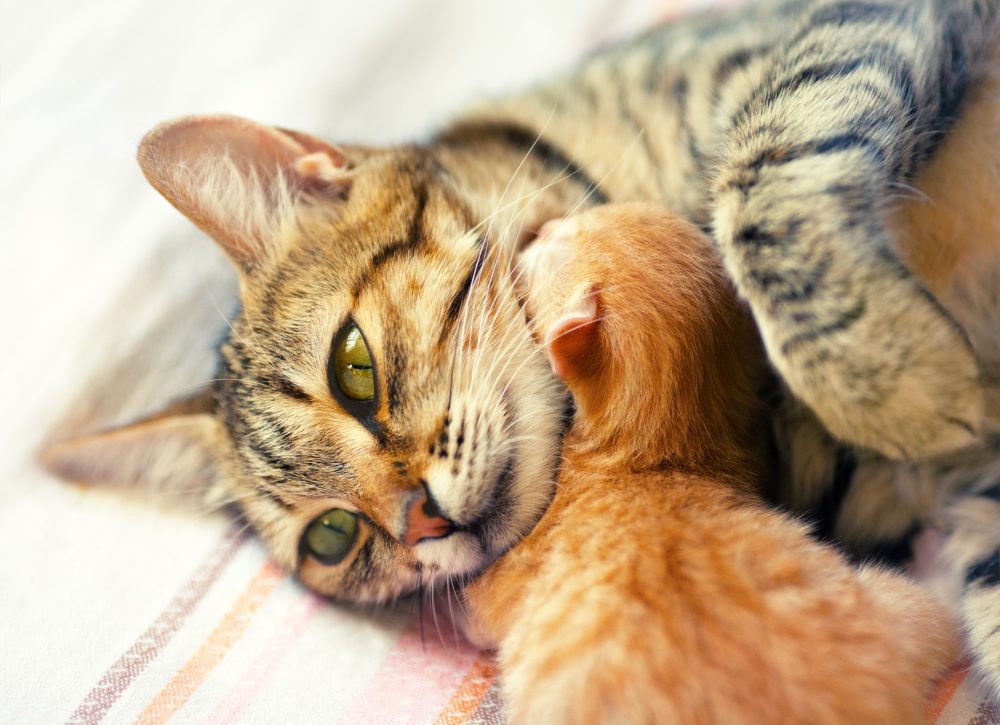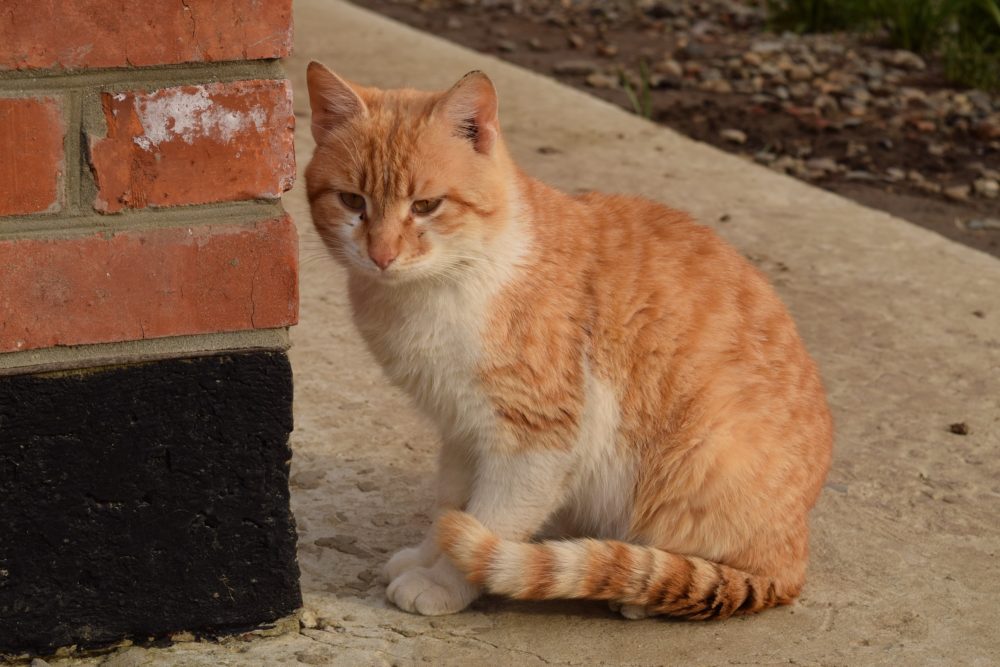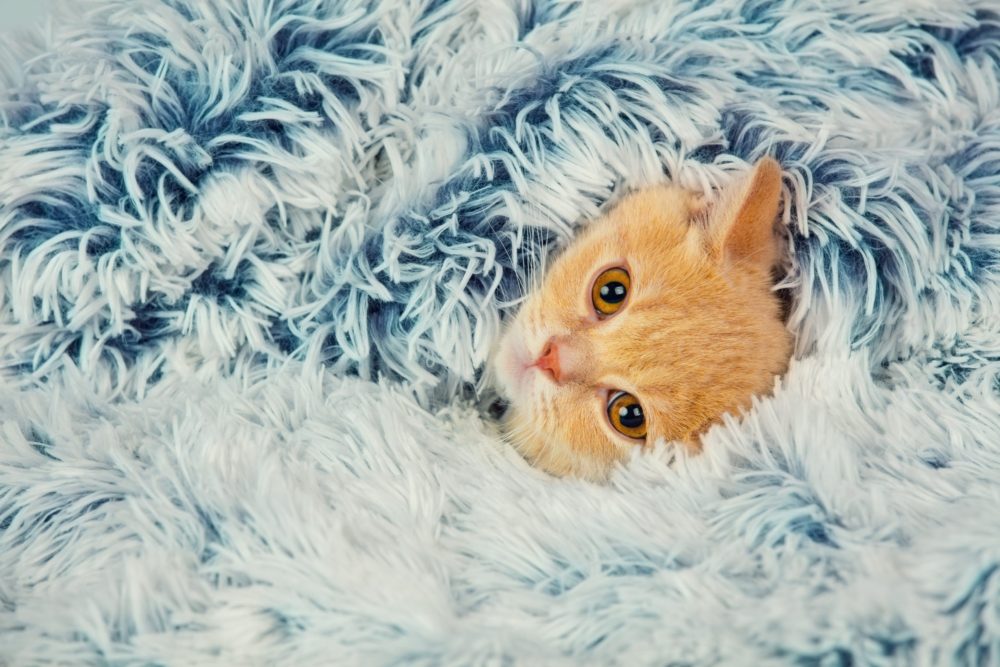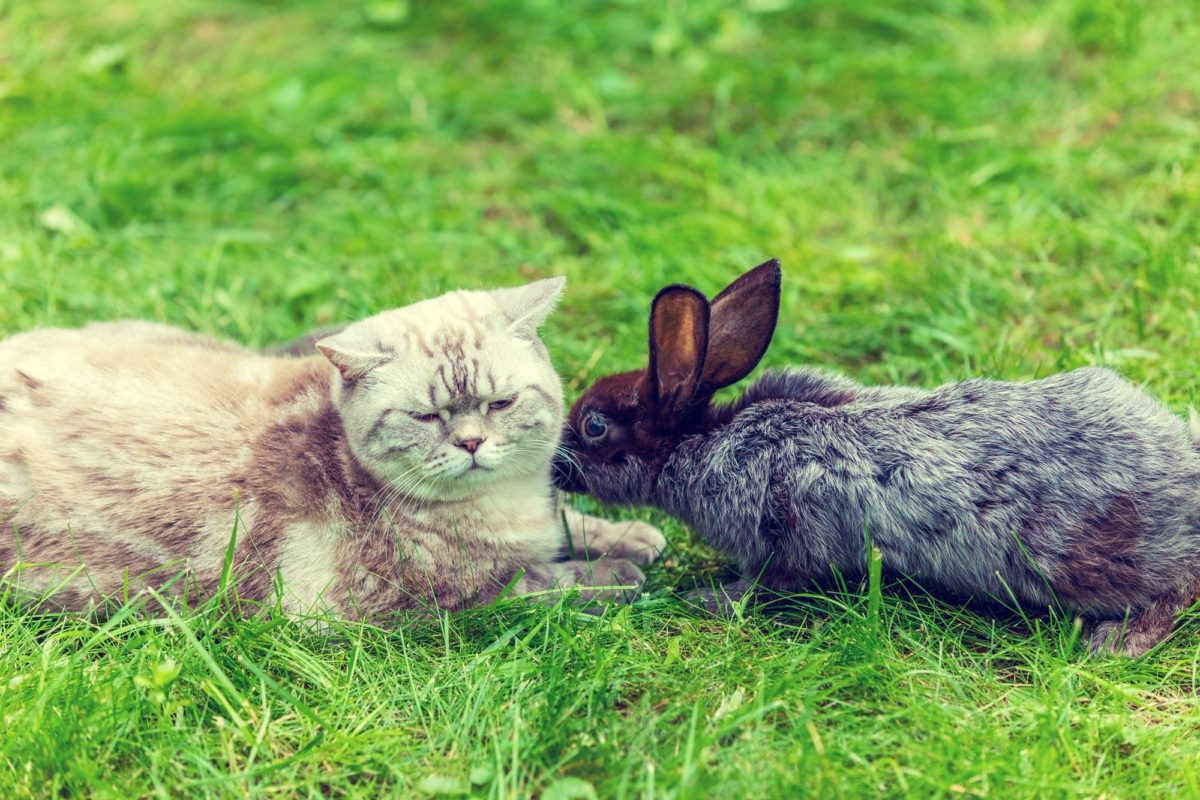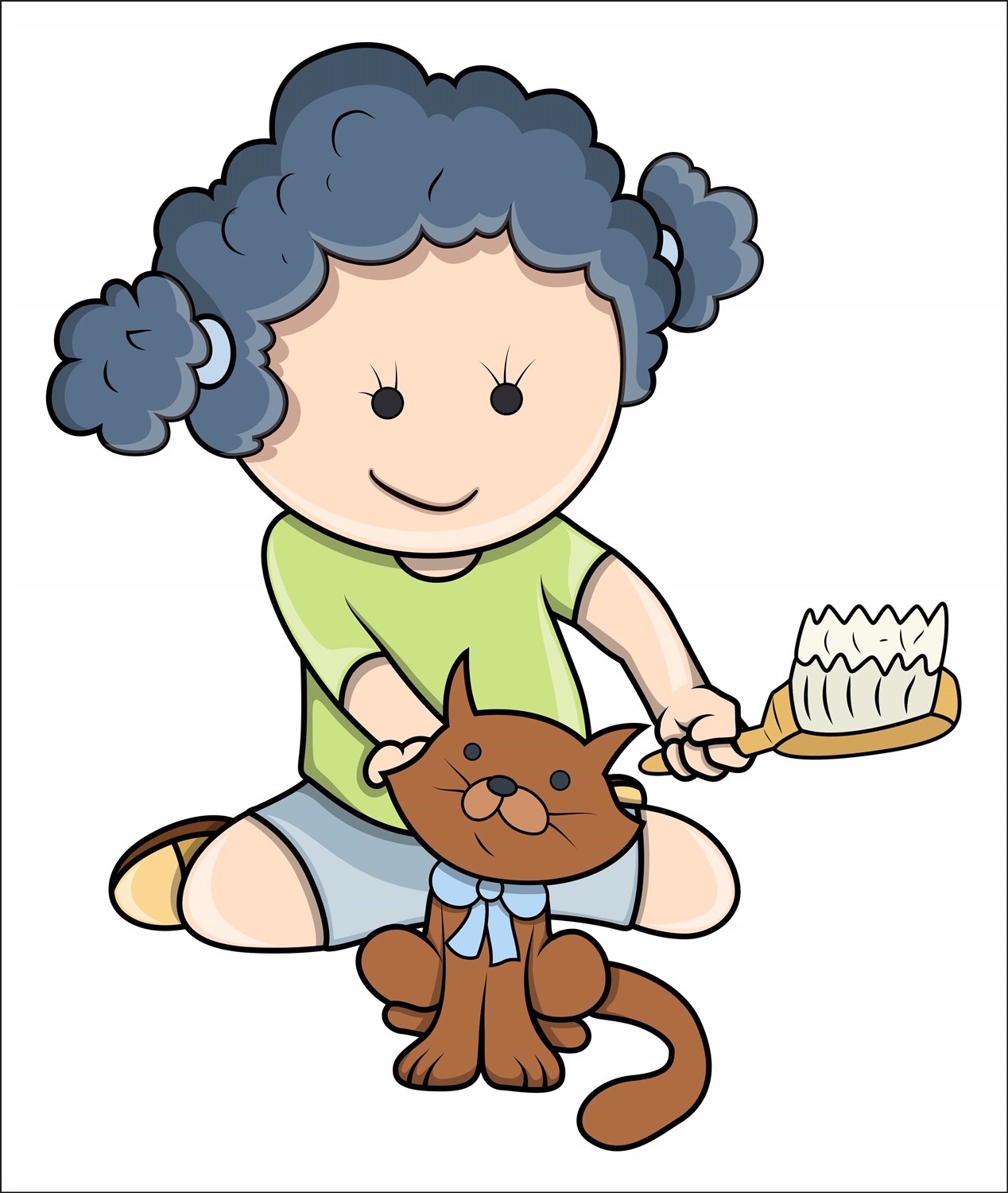
Do I need to brush / groom my cat? An introductory guide
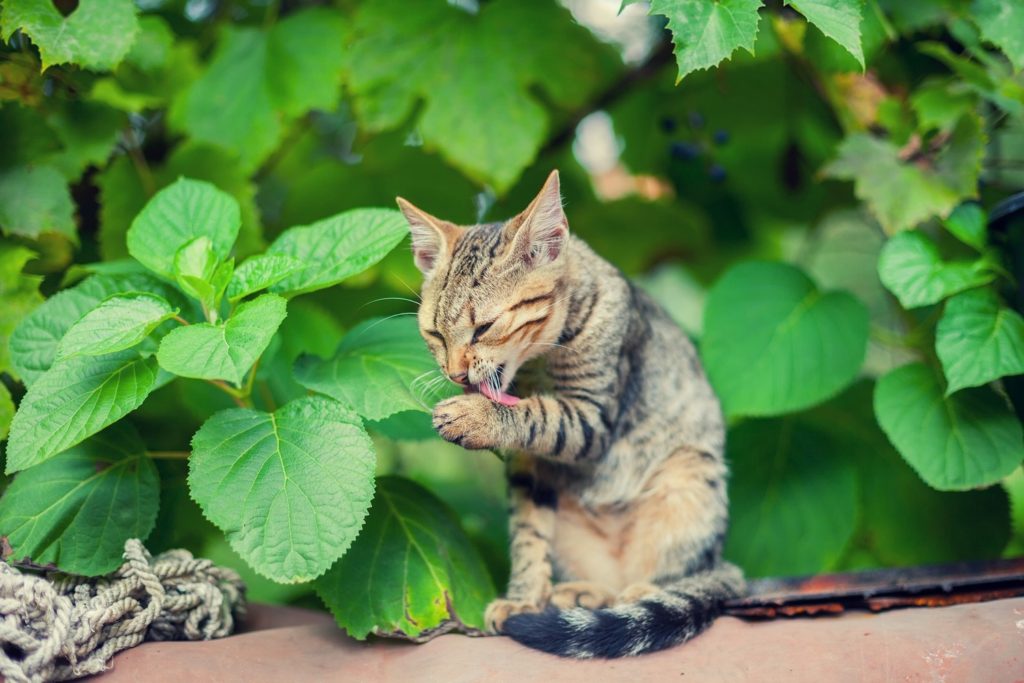 Cats are very clean animals and seem pretty self-sufficient when it comes to grooming. But with so many cat grooming products on the market, clearly designed for pet owners to help their cats with grooming, it raises the question if this is something that we need to help our cats with?
Cats are very clean animals and seem pretty self-sufficient when it comes to grooming. But with so many cat grooming products on the market, clearly designed for pet owners to help their cats with grooming, it raises the question if this is something that we need to help our cats with?
So, do we need to brush our cats?
The short answer is YES, we do need to brush our cat in order to help them with their grooming habits. It is easy to assume that cats do not need any assistance in keeping their fur clean and tidy as they seem to spend a great deal of time grooming themselves. The amount of brushing required to be done by you will depend on the cat – the length of their hair and the age of your cat. Long haired cats will require more brushing than short hair cats. Older cats will also need a little extra help to keep their coats in a pristine condition. As cats gets older joints become a little stiffer, and if arthritis sets in, this can prevent your cat from being able to groom properly. Introducing your cat to brushing from an early age will be so much easier. Starting the process from when they are kittens will ensure brushing is simply a part of their daily or weekly routine. There are several advantages to helping your cat with the grooming process, as listed below.
Benefits of grooming your cat
Keeps knots and matted fur at bay
It is easy for dust, dirt and various particles to become attached to your cat’s fur. Whilst your cat will remove most of it by self-grooming, there may be some left over in those hard to reach areas. This can be more so in older cats which may have difficulties reaching certain areas. Prevention is always better than cure – the same applies to knots and matts.
Good circulation
Brushing will stimulate blood circulation which helps keep the skin in good condition.
Less hair shedding
By brushing regularly this will reduce the amount of hair to be shed which means less hair falling onto soft furnishings, furniture and your clothes!
Opportunity to check for other issues
Whilst brushing your cat, this is a perfect opportunity to ensure there are no fleas or any other skin conditions. A healthy coat will be naturally glossy and springy. It’s a good routine to check for any lumps or bumps, any deterioration in skin or fur condition and to spot any wounds or scratches.
Less hairballs
Hairballs are not a pleasant experience for you, or your cat. Helping your cat out with grooming will reduce the amount of hair a cat will swallow. This in turn will result in fewer hairballs.
Keeps your cat clean
Regular brushing will ensure your cat is always looking, and smelling, at their best. Cats produce natural oils to keep their coats healthy and shiny and brushing will help spread these oils, keeping coats in peak condition.
Perfect opportunity for bonding
There are so many benefits to having a cat, in fact, we’ve dedicated a whole article to it. Check out our article here – ‘Benefits to having a cat’. From companionship, loyal friendship to the scientific benefits experienced from stroking a cat, it truly is a beautiful bond to experience. Having your cat sat on your lap while you gently brush their coat will simply strengthen the bond between you both.
No pain for older cats
As cats gets older, stretching to groom those hard to reach area may be uncomfortable, and even painful. Helping older cats with regular brushing will mean their coats are still kept in a clean condition.
What brush is best to groom your cat?
The range of brushes available can be overwhelming. The length of your cat’s hair will determine what brushes and combs are best for grooming your cat. But brushes are readily available and at very affordable prices therefore it is easy, and very handy, to have a selection to hand. Grooming mits are also a great option especially if your cat seems to have a particular dislike to brushes.
Long haired cats
Having a selection of brushes is recommended for long-haired cats including a longer brush, a brush with wide and narrow toothed bristles and a fine toothed comb. De-matting brushes are also available for working out those stubborn knots. A double-sided brush is useful, where one side is softer, and the other side is made of finer pins to tackle tangles. For stubborn knots and mats, an electric trimmer may be useful. This is safer than a scissors which can become dangerous if your cat starts wriggling and becomes fidgety.
Medium haired cats
Grooming mitts or a slicker brush work well on medium haired cats.
Short haired cats
A soft brush, grooming mitten and a fine toothed comb are perfect for short hair cats.
How often do I need to brush my cat?
How many times your cat should be groomed will depend on the breed of cat.
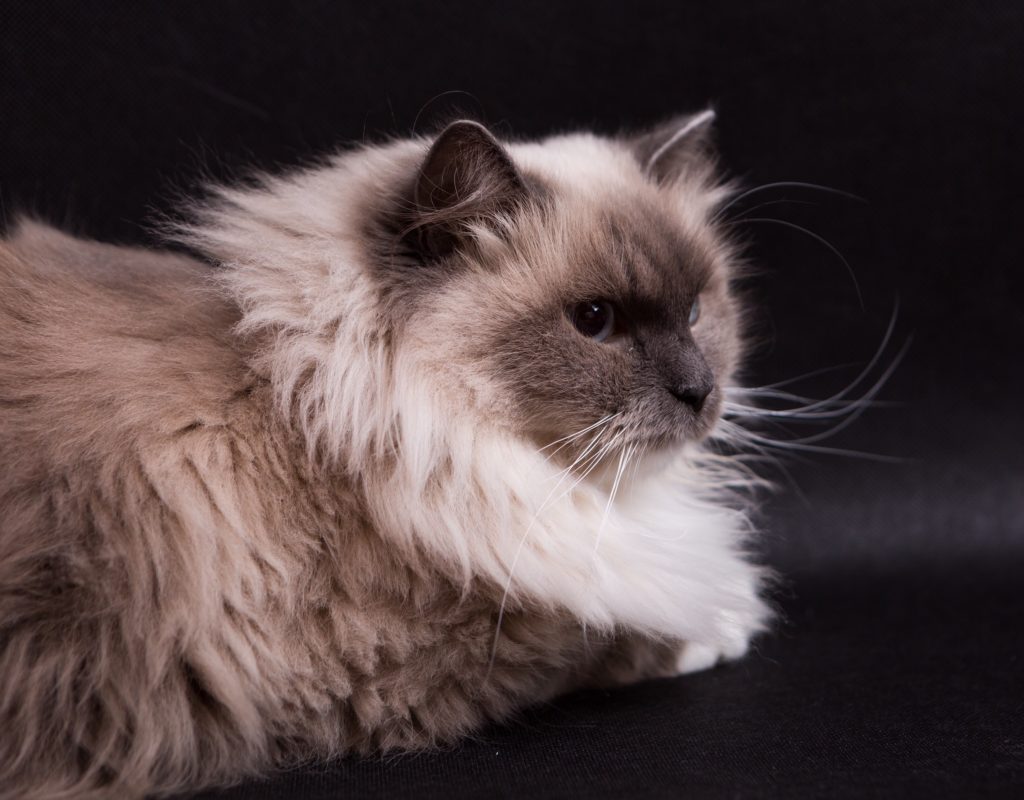
Long haired cats
It is best to brush long haired cats, such as Ragdolls and Persian, at least once a day. It is easy for the long thick hair to become knotted if it’s left without brushing. Long haired cats may also require professional grooming to maintain their thick fur in a pristine condition.
Medium haired cats
These breeds include Bengal, Birman and the Ragamuffin. Brushing can vary from daily to a few times a week, dependent on the fur. If they shed a lot of hair, then more often is better.
Short haired cats
Breeds such as Egyptian Mau, American Shorthair and British Shorthair won’t need so much brushing. Once, maybe twice a week will be fine.
The above times are guidelines and will vary especially when your cat is shedding her coat which will require more frequent brushing. Elderly cats may also require assistance to groom more often than a younger, more able-bodied cat.
Top tips to brushing your cat
To ensure the grooming process is a relaxing, enjoyable experience for your cat – and for you, there are a few key steps to follow:
- Make sure your cat is in the mood for some brushing time. Get close to your cat and stroke them calmly and softly. If they are receptive to this, it’s a good starting point. If it seems that they are simply not in the mood, then leave it be and try again at another time. This should be a pleasant experience not a tortuous task!
- Start slowly and gently on areas that your cat is used to being stroked – along their back, under their chin and at the top of their head moving down their neck. Brush gently and softly, pausing every now and then. Continue if your cat seems happy and content. Cats will soon let us know if something isn’t to their liking!
- As your cats gets used to brushing, move to areas that aren’t used to stroking – under their belly and down their legs. Some cats may take to this immediately, whilst with others it may take a little time and patience.
- There are mixed opinions as to whether you should brush against the direction of the fur. Brushing in the direction of the fur will certainly be more comfortable and more relaxing. Many cats will not enjoy their fur being brushed the other way and will no doubt express their displeasure at this. But each cat is different, it is best to see what work best for your cat.
- If there are knots or matts in your cat’s fur, many can be detangled with brushing. Regular brushing will help prevent matts forming. If there are stubborn, hard knots or matts ensure that you do not hurt your cat when trying to brush these out. Do not rip them off as this will be painful. Seek the advice of a professional groomer or veterinary if you come across matts which are beyond your grooming capabilities.
- As soon as your cat starts showing signs of discomfort or simply has had enough, then stop. Forced grooming will result in an unhappy cat and can cause undue stress. This should not become a negative experience for your cat.
- Keep sessions short, especially in the beginning when you introduce your cat to brushing.
- After a brushing session, reward your cat with a tasty treat or some play time. They will soon associate brushing as a positive experience and remember that there is a reward!
Other articles you many find interesting:
How to keep your cat happy – 10 key factors
16 Top tips to ensure the senior years are comfortable for your old cat
